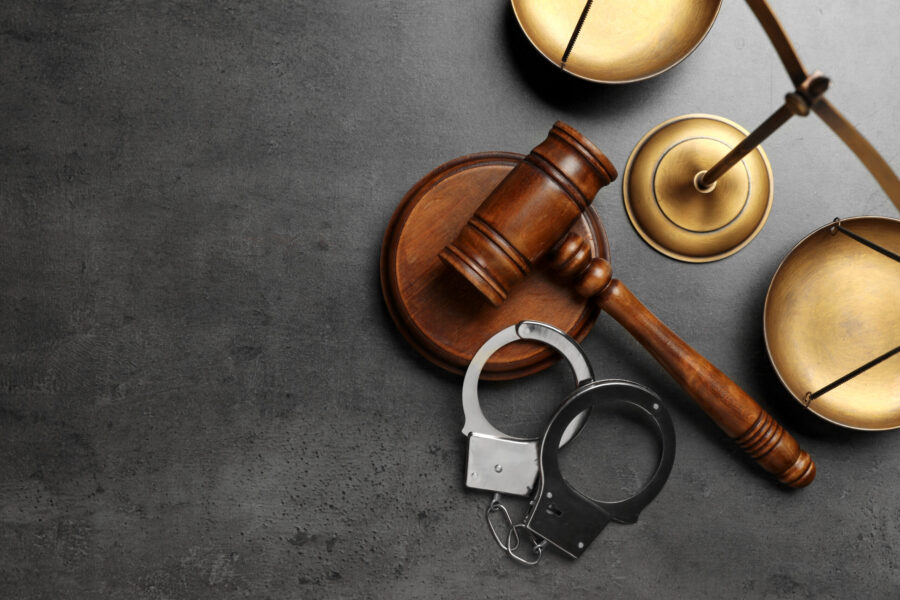Personal injury claims can arise from various accidents, such as car crashes, slips, and falls, or medical malpractice incidents. When pursuing a personal injury claim, understanding the settlement process is crucial. This piece aims to provide a comprehensive guide on how personal injury claims are settled. By exploring the key stages and factors involved, you can have an understanding of what to expect and make informed decisions during the settlement negotiation process.
Initial Evaluation And Investigation
The initial examination and appraisal of the personal injury claim come at the beginning of the process of settling. To accomplish this, you will need to collect evidence, examine medical records, conduct witness interviews, and determine the degree of the damages. Before moving forward, it is necessary to make sure that all pertinent information is documented and a clear liability is established.
Demand Letter
Once the initial evaluation is complete, your personal injury attorney columbus oh will prepare a demand letter. This letter outlines the details of your claim, including the injuries sustained, medical expenses, lost wages, and any other damages incurred. The demand letter serves as a starting point for settlement negotiations and demonstrates your willingness to resolve the matter without going to trial.
Negotiation And Counteroffers
After sending the demand letter, the negotiation phase begins. The opposing party, typically an insurance company, will respond with a counteroffer. This initiates a back-and-forth process of negotiations to reach a fair settlement amount. Both parties may present arguments, counterarguments, and evidence to support their position. Skilled negotiation tactics are employed to maximize the settlement offer.
Mediation
If the initial negotiation process does not yield a satisfactory result, mediation may be pursued. Mediation involves a neutral third-party person called a mediator who facilitates proper communication between the parties and helps them find common ground. The mediator does not make decisions but assists in reaching a mutually agreeable settlement. Mediation can be a cost-effective and efficient alternative to going to court.
Settlement Agreement
When the parties reach a mutually acceptable settlement amount, a settlement agreement is drafted. This agreement outlines the terms and conditions of the settlement, including the payment amount, the release of liability, and any other pertinent details. It is important to carefully review and understand the agreement before signing to ensure all aspects of the settlement are covered.
Disbursement Of Funds
Once the settlement agreement is signed, the disbursement of funds takes place. The payment is typically made by the insurance company or the responsible party’s legal representation. Depending on the agreement, the funds may be paid in a lump sum or structured over a specific period. It is essential to consult with your attorney to understand the tax implications and any potential deductions from the settlement amount.
Closure And Release
Upon receiving the settlement funds, the personal injury claim is considered settled, and the case is closed. It is important to note that accepting a settlement means releasing the responsible party from any further liability related to the incident. By signing the settlement agreement, you forfeit the right to pursue additional legal action for the same claim in the future.
Conclusion
The settlement process for personal injury claims involves several stages, including evaluation, negotiation, mediation, and finalization. Each step requires careful consideration and guidance from an experienced personal injury attorney. Understanding the settlement process empowers individuals to navigate the complexities of personal injury claims effectively. By seeking legal representation, gathering evidence, and engaging in negotiations, you increase your chances of achieving a fair settlement without resorting to litigation. Remember, consult with a qualified attorney to ensure your legal rights are protected during the settlement process.



